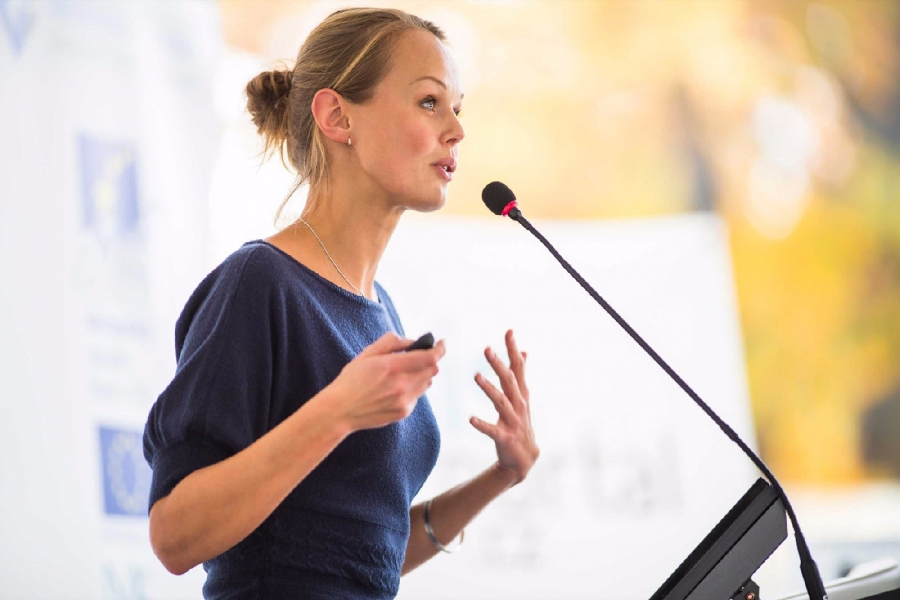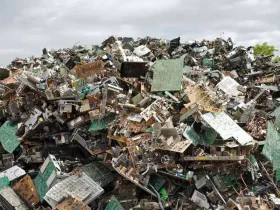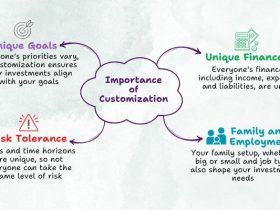On a humid Tuesday morning in an industrial estate off Woodlands Avenue, Sarah Tan sorts through a pile of discarded billboard tarps, each one bearing faded images of advertisements that once lined Singapore’s expressways. These weathered materials, destined for incineration weeks ago, will soon become messenger bags, wallets, and laptop sleeves sold in boutiques across the island. This transformation represents more than clever design; it reveals how up cycled products are reshaping Singapore’s relationship with waste, creating economic opportunity whilst confronting the city-state’s mounting refuse problem.
The Economics of Discarded Materials
Singapore generates approximately 7.7 million tonnes of waste annually, a figure that has grown by 20% over the past decade despite the nation’s limited land area. With Semakau Landfill, the island’s only remaining disposal site, projected to reach capacity by 2035, the urgency of waste reduction has moved from environmental talking point to existential necessity. Against this backdrop, upcycling has emerged not as lifestyle trend but as pragmatic response to resource scarcity.
Unlike recycling, which breaks materials down to their constituent components before remanufacturing, upcycling preserves the original form whilst adding value through creative transformation. The distinction matters economically. Recycling requires industrial infrastructure, energy inputs, and transportation networks. Upcycling often demands little more than human ingenuity, basic tools, and labour. In a nation where labour costs remain high but creative talent abundant, this model holds particular appeal.
Stories from the Upcycling Economy
At a workspace in Kampong Glam, former graphic designer Marcus Lim demonstrates how he transforms retired fire hoses into furniture. The hoses arrive compressed and coiled, still bearing scorch marks from decades of emergency response. Through cleaning, cutting, and careful assembly, they become chairs, ottomans, and shelving units that retail for hundreds of dollars each. “These materials have stories,” Lim explains, running his hand along a section of hose that fought a warehouse fire in Jurong. “People connect with that history. They’re not just buying furniture; they’re preserving something that would otherwise disappear.”
The economic mathematics of such ventures reveals why upcycling appeals to Singapore’s entrepreneurial class. Raw materials often cost nothing or nearly nothing. Suppliers pay to dispose of industrial waste; upcyclers collect it free. The value added comes entirely from transformation, from seeing possibility in what others dismiss. A wooden shipping pallet worth perhaps two dollars becomes a coffee table selling for two hundred. Discarded leather offcuts from furniture manufacturing become wallets, keychains, and accessories commanding premium prices.
Systemic Barriers and Opportunities
Yet the path from waste to up cycled products encounters obstacles that individual creativity cannot overcome. Regulatory frameworks designed for conventional manufacturing struggle to accommodate upcycling’s unconventional material flows. Businesses collecting waste materials navigate bureaucratic grey areas around what constitutes refuse versus raw material. Insurance companies hesitate to cover operations working with ungraded, inconsistent inputs. Banks view upcycling ventures as risky propositions unsuited for traditional lending.
These structural challenges particularly affect operations attempting to scale beyond artisan production. A designer creating bags from discarded banners can work from a home studio with minimal capital. A company attempting to process tonnes of textile waste into building insulation requires warehouse space, equipment, permits, and financing. The gap between craft and industry remains difficult to bridge.
Government initiatives have begun addressing these barriers, albeit incrementally. The National Environment Agency’s Resource Sustainability Act mandates waste reporting and reduction targets for large producers, potentially increasing material availability for upcyclers. Grants through Enterprise Singapore support sustainable business models, though recipients must navigate application processes better suited to conventional enterprises. The system adapts slowly, reflecting broader tensions between Singapore’s efficiency-oriented governance and the inherently improvisational nature of upcycling.
The Human Cost of Waste
Behind every discarded object lies labour. The billboard tarp Sarah Tan transforms was designed by graphic artists, printed by technicians, installed by workers who scaled buildings to mount it, then removed by others who brought it down. Each stage represented wages earned, skills applied, energy expended. To discard such materials without attempting recovery seems, from this perspective, to waste not merely objects but the human effort embedded within them.
This recognition drives many who work in Singapore’s upcycling sector. They describe their work using language of rescue and redemption, viewing themselves as preventing waste of both materials and the labour those materials represent. Whether this framing reflects environmental consciousness or economic calculation matters less than the outcome: materials circulating longer through the economy before reaching their inevitable end.
Looking Forward
As Singapore confronts its waste crisis, up cycled products represent one response among many required. They cannot substitute for comprehensive recycling infrastructure, reduced consumption, or better product design. Yet they demonstrate possibilities for extracting value from waste streams whilst creating employment and reducing disposal burdens.
The rise of upcycling in Singapore reveals broader truths about resource scarcity, creative adaptation, and economic opportunity emerging from environmental constraint. In a nation built through pragmatic innovation, transforming waste into value appears less as idealistic environmentalism than as logical extension of principles that shaped the island’s development. Whether this approach can scale sufficiently to meaningfully impact waste flows remains uncertain. What seems clear is that individuals like Sarah Tan will continue finding value where others see only rubbish, driven by economic necessity as much as environmental conscience.









